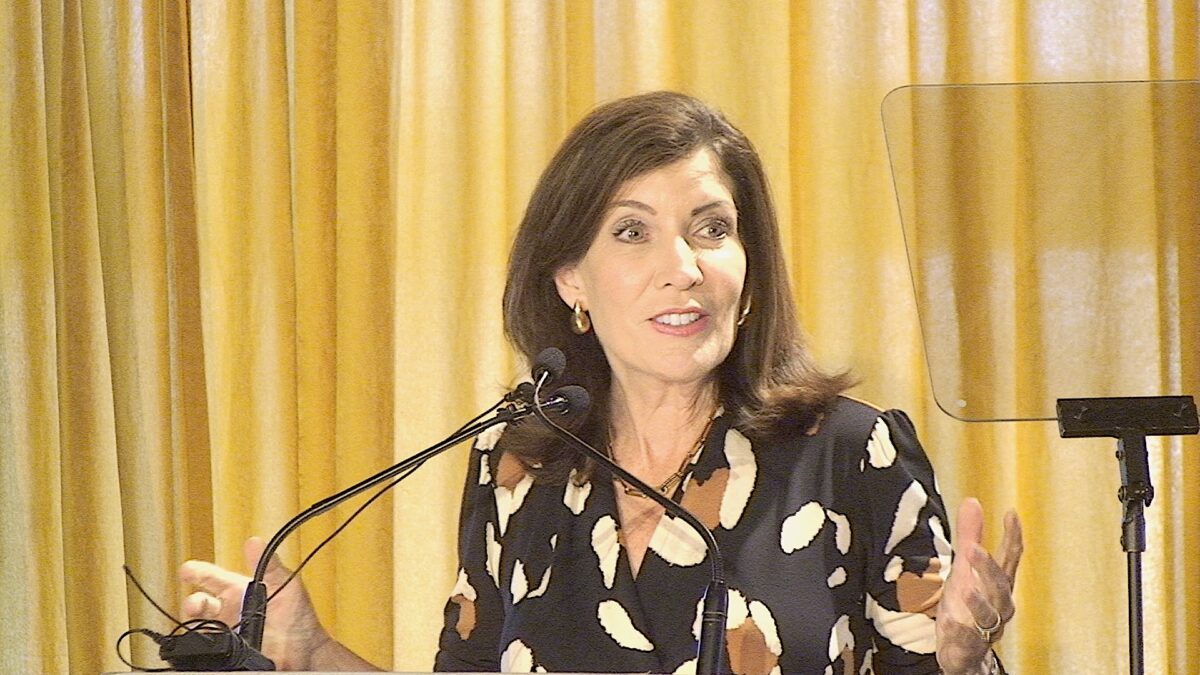In October 2009, the U.S. Patent Office tapped Sacred Heart University as one of 82 depositories nationwide for intellectual property filings. Those in charge of the effort should have less work to do as county-generated patents have slipped this year.
With just over a week left in 2009, patents applications published by Fairfield County inventors were down 15 percent from their levels a year earlier, rivaling 2007 for the sharpest decline this decade. It was not clear whether the decline was a random blip; the result of lower research expenditures in 2009; the prospect of tightened standards by the federal government on business process patents; or another reason.
In 2009, the U.S. Patent and Trademark Office (USPTO) published about 1,600 patent applications by Fairfield County, down from more than 1,850 in 2008 and the lowest total since 2003. The county”™s peak patent application output occurred in 2006, when 1,950 applications were submitted by local inventors.
Patent application figures can fluctuate at the local level depending on how long it takes USPTO to publish them online. For instance, a patent application published on Christmas Eve by a local IBM Corp. engineer had actually been submitted to USPTO in June 2008.
USPTO has been working to streamline its patent publication operations the past few years, amid other initiatives; regardless, the agency”™s official figures for Fairfield County, however, have mirrored past trends at the state and national level. The agency is expected to reveal preliminary state-level estimates for 2008 this month.
The data provide a useful snapshot on inventiveness among Fairfield County engineers, whose expertise is a key draw for businesses considering various locales as part of a corporate expansion or relocation.
In 2009, local inventors sought protection on a wide range of gizmos, from playful items such as the “children”™s copying machine” envisioned by Judith Bender and Jon Soriano of Fairfield and Newtown respectively; to Bridgeport resident Moinuddin Sarker”™s technique for reducing waste plastic into a liquid hydrocarbon fuel.
In an effort to spur technologies like that proposed by Sarker, USPTO announced recently that it would accelerate its review of “green” patent applications, which can take more than three years to reach a final verdict. Under a pilot program, the office will accord the first 3,000 patent applications it receives on an expedited basis.
Those patents will eventually appear in the depository library created this past fall at Sacred Heart University in Fairfield. Patent and trademark depository libraries maintain complete collections of over 8 million patents and nearly 2 million active or pending trademark registrations, as well as other related information in various print and electronic media.
“Even though the great majority of patent and trademark information is available electronically, the (patent library) at Sacred Heart University will be of great value to its patrons in helping them know what to look for and how to use it,” said David Kappos, under secretary of commerce for intellectual property and director of the USPTO, in a prepared statement.
Services at such libraries are provided free of charge, and include assistance in accessing and using patent and trademark documents; training on USPTO databases; obtaining access to the USPTO website; and hosting public seminars on intellectual property topics for novice and experienced innovators.


















